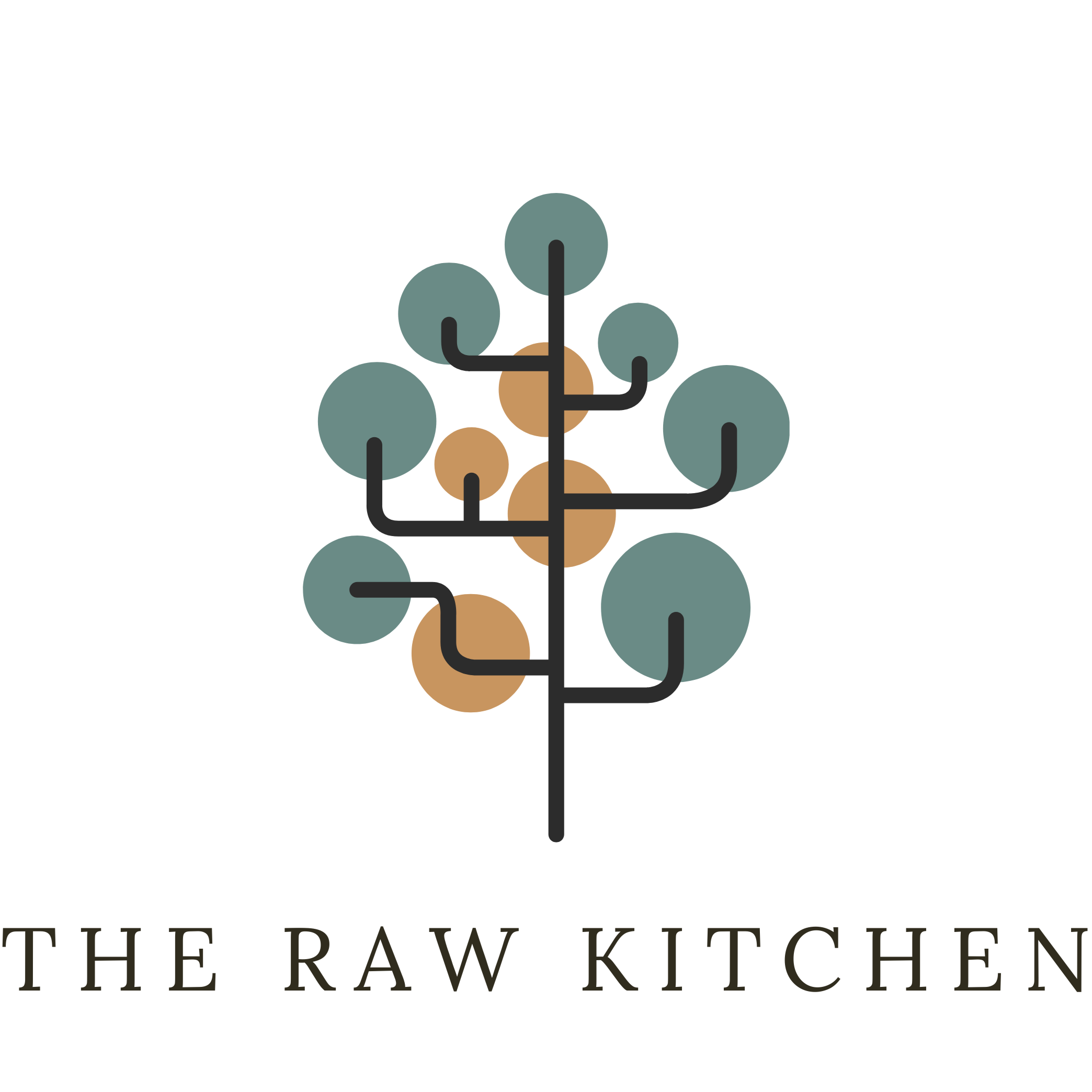
How breathwork can boost your health
Breathing is a fundamental, yet often overlooked, aspect of health and well-being. The way we breathe can significantly impact our physical, mental, and emotional health. It may just look like a trend, but by adopting specific breathing techniques, we can actually harness the power of breath to improve various aspects of our health.
Understanding the Importance of Breath
Breathing is not just about inhaling oxygen and exhaling carbon dioxide; it is a vital process that affects every cell in our body. Proper breathing can:
- Reduce Stress: Activating the parasympathetic nervous system to promote relaxation.
- Improve Mental Clarity: Enhancing oxygen supply to the brain.
- Boost Physical Performance: Increasing lung capacity and endurance.
- Enhance Emotional Well-being: Stabilising mood and reducing anxiety.
Breathing Techniques for Better Health
1. Diaphragmatic Breathing (Belly Breathing)
Diaphragmatic breathing involves deep breathing into the diaphragm rather than shallow breathing into the chest. This technique promotes full oxygen exchange and can help lower stress levels.
How to Practice:
- Sit or lie down in a comfortable position.
- Place one hand on your chest and the other on your abdomen.
- Inhale deeply through your nose, allowing your abdomen to rise while keeping your chest still.
- Exhale slowly through your mouth, letting your abdomen fall.
- Repeat for 5-10 minutes daily.
Benefits:
- Reduces stress and anxiety.
- Improves lung function.
- Enhances relaxation.
2. Box Breathing (Square Breathing)
Box breathing is a simple technique that can help calm the mind and body, making it particularly useful for managing stress and anxiety.
How to Practice:
- Inhale deeply through your nose for a count of 4.
- Hold your breath for a count of 4.
- Exhale slowly through your mouth for a count of 4.
- Hold your breath for a count of 4.
- Repeat the cycle for 5-10 minutes.
Benefits:
- Reduces stress and anxiety.
- Improves focus and concentration.
- Enhances emotional control.
3. Alternate Nostril Breathing (Nadi Shodhana)
This breathing technique is said to balance the left and right hemispheres of the brain and can enhance mental clarity and calmness.
How to Practice:
- Sit in a comfortable position with your spine straight.
- Close your right nostril with your right thumb and inhale deeply through your left nostril.
- Close your left nostril with your right ring finger, release your right nostril, and exhale through the right nostril.
- Inhale through the right nostril, then close it with your right thumb.
- Release your left nostril and exhale through the left nostril.
- Repeat for 5-10 minutes, alternating nostrils with each breath.
Benefits:
- Balances the nervous system.
- Reduces stress and anxiety.
- Improves focus and mental clarity.
4. 4-7-8 Breathing
Developed by Dr. Andrew Weil, this technique can help promote relaxation and improve sleep.
How to Practice:
- Inhale quietly through your nose for a count of 4.
- Hold your breath for a count of 7.
- Exhale completely through your mouth for a count of 8.
- Repeat the cycle for 4 breaths, gradually increasing as needed.
Benefits:
- Promotes relaxation.
- Helps manage stress and anxiety.
- Improves sleep quality.
5. The Wim Hof Method
The Wim Hof Method combines specific breathing techniques with cold exposure and meditation to improve overall health and resilience.
How to Practice:
- Sit or lie down in a comfortable position.
- Inhale deeply through your nose or mouth, then exhale unforced.
- Repeat 30-40 times in quick succession.
- After the last exhalation, hold your breath as long as you can comfortably.
- Inhale deeply and hold for 10-15 seconds, then release.
- Repeat the cycle 3-4 times.
Benefits:
- Increases energy levels.
- Reduces stress and anxiety.
- Enhances immune function.
Breathing techniques are powerful tools for improving health and well-being. You can reduce stress, enhance mental clarity, improve sleep, and boost your overall health. I personally have found them tremendously beneficial for times when I am feeling stressed or have a racing mind when trying to get to sleep. Remember, the key to benefiting from these techniques is consistency and mindfulness in practice. Start with a few minutes each day and gradually increase as you become more comfortable. As always, if in doubt, speak to your healthcare practitioner before trying any of these techniques.



Leave a comment
This site is protected by hCaptcha and the hCaptcha Privacy Policy and Terms of Service apply.